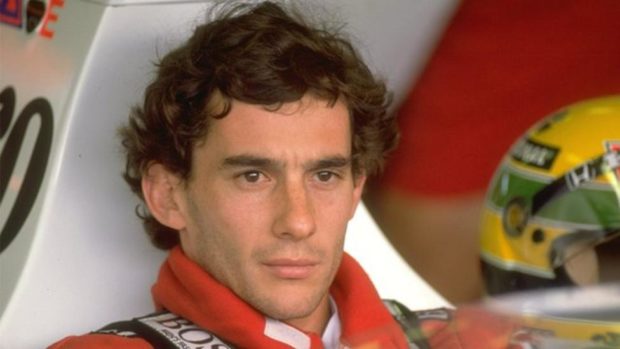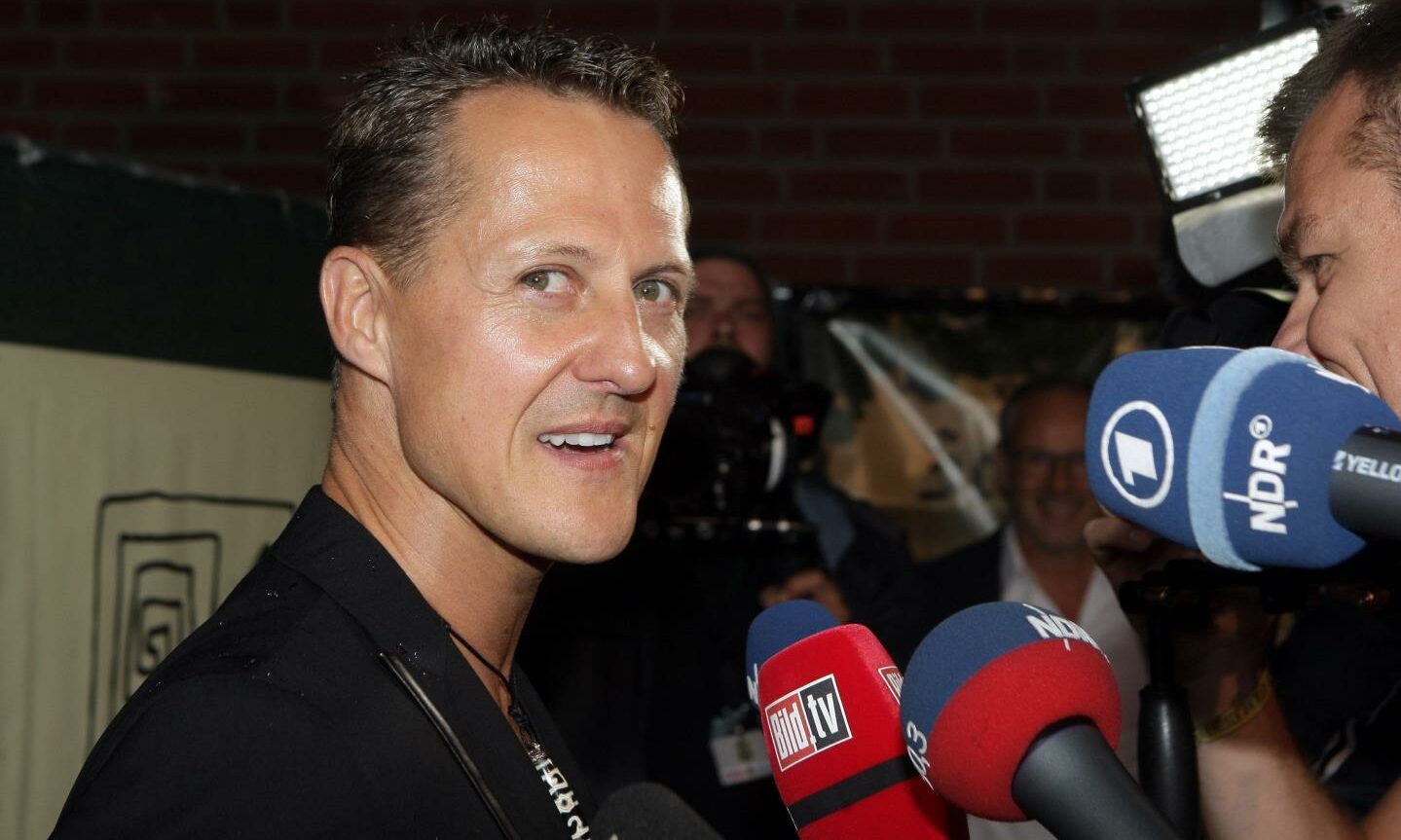There are some sports stars whose lustre remains undimmed long after they have vanished into the ether.
It might be 30 years since the late, great and charismatic Ayrton Senna lost his life in a horrifying crash during the San Marino Grand Prix at Imola in 1994.
But even now, his achievements are undiminished, whether among the bossa nova brigade in Sao Paolo or in the wider sphere of those who love Formula One.
Hyperbole creeps into sport too readily these days. The term “genius” is employed too frequently. And it’s simplistic to be sentimental about those who have died too soon.
But ever since I spoke to Viviane Senna and learned about the wonderful work which she was doing for the underprivileged in her homeland, I’ve been struck by how Senna was one of the few competitors for whom the normal rules and regulations didn’t apply.
She told me: “Of course I miss him. But he is still with me. I have the memories in my heart. He wanted to make a difference, but not just in a racing car.
“When he came home to Brazil, he knew there were many who needed his help. So he helped them as best he could.”
That statement explains why there were so many stunned and incredulous faces on that terrible weekend for Grand Prix when two men perished.
The worst weekend since the 70s
The first was a little-known but talented Austrian youngster, Roland Ratzenberger, who was killed during qualifying; the second was a Brazilian whose name had become as synonymous with F1 as his compatriot, Pele, with football.
Nobody could quite believe it when the multi-world champion was involved in a dreadful collision at Tamburello which propelled him and his car into a concrete wall.
Astonishingly, despite the sadness and despair which was etched on the faces of those who attended to the stricken driver, the San Marino Grand Prix was allowed to continue, even though it was obvious that one of the greatest competitors the sport had ever known had suffered mortal wounds.
Eventually, more than four hours after the incident, came the news which everybody had dreaded and which cast a veil of tears over the world of sport.
Senna, gifted, mercurial, a hero in his homeland and throughout the globe, but also a mass of contradictions was dead at the age of just 34.
The veteran TV commentator, Murray Walker, described his passing as “the blackest day for Grand Prix racing I can remember”. Millions stood in homage across Brazil and the build-up to his funeral was on a par with the passing of a pontiff or president.
The Italian police launched their own painstaking investigation, while the FIA announced a series of new safety measures. In February 1995, a 500-page report was handed over to prosecutors, which suggested that a steering column had been the cause of Senna’s demise. But, as with so many other aspects of the tragedy, this was disputed.
The institute helped thousands
Ultimately, nobody ever made a film called “Clark”. Or “Stewart”. Or even “Fangio”.
But when “Senna” came out in 2010, everybody knew the subject matter and it was a resounding box-office triumph. It is a cliche to claim anybody is bigger than their sport, but Senna was so much more than just a multi-millionaire in the fast lane.
Even as he pocketed huge earnings, he invested much of it in the Ayrton Senna Institute in his homeland which continues to support tens of thousands of youngsters in Brazil.
The centre is now run by Viviane and she told me about the motivation behind the foundation; it was her brother’s concerns about the disparity between his riches and the endemic poverty which plagued his country. He wanted to make a difference,” she added. “And we have to keep working to make that happen.”
It was a sign that, in many respects, Senna was as close as we’ve come to witnessing a secular saint in a racing car.
He once said: “Many times, I find myself in a comfortable position and I don’t feel happy about it. So I have an enormous desire to to travel beyond my own limits.”
There are shades of Icarus in that remark. And nobody has ever forgotten him either.

